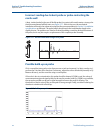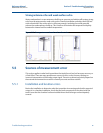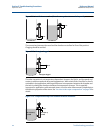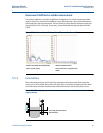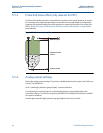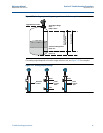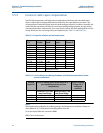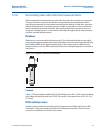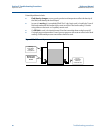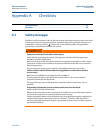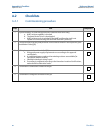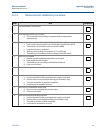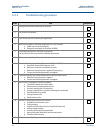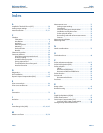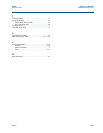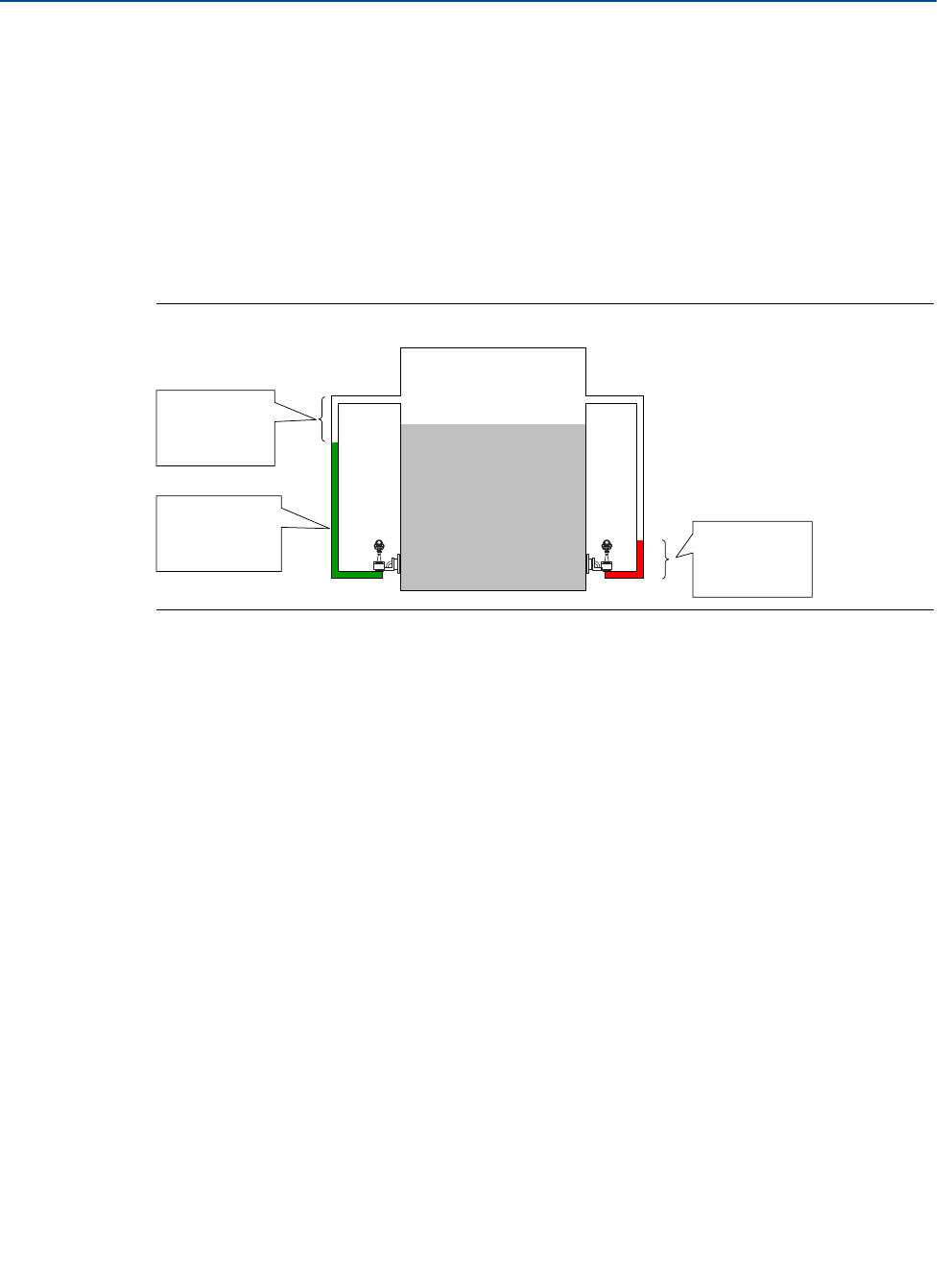
80
Reference Manual
00809-0700-4530, Rev AA
Section 5: Troubleshooting Procedures
September 2013
Troubleshooting procedures
Potential problems include:
Fluid density changes: source, grade, product and temperature affect the density of
the fluid, and thereby the level output.
In case of a wet leg, is it completely filled? Or, if a dry leg is used, is it really dry? Loss of
fluid and condensed fluid respectively create an offset in the level reading. Consider
using either an electronic or a capillary remote seal.
If a fill fluid is used, is its density known? Has the transmitter been scaled correctly?
If a single pressure transmitter is used, process pressure will create an offset in the level
reading. A differential pressure transmitter should be used.
Figure 5-23. Differential pressure transmitter
Wet Leg:
Level offset is
created by
incomplete fill
Density of fill
fluid must be
known
Dry Leg:
Level offset is
created by
condensed fluid



